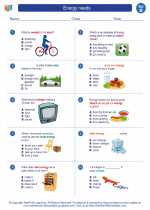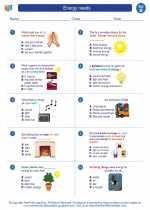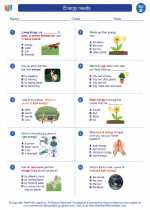What is an Action Potential?
An action potential is a rapid change in the electrical potential across the membrane of a nerve cell or muscle cell. It is the basis for the transmission of nerve signals and muscle contraction.
Stages of Action Potential
1. Resting Potential: The cell is at rest with a negative charge inside and a positive charge outside. This is maintained by the sodium-potassium pump.
2. Depolarization: Stimulus causes the cell membrane to become permeable to sodium ions, leading to an influx of positive ions and a reversal of charge inside the cell.
3. Repolarization: The cell membrane becomes impermeable to sodium ions and permeable to potassium ions, causing the cell to return to its negative resting potential.
4. Hyperpolarization: The membrane potential temporarily becomes more negative than the resting potential before returning to its normal state.
Role of Ion Channels
During an action potential, ion channels play a crucial role:
Sodium Channels: Open during depolarization, allowing the influx of sodium ions.
Potassium Channels: Open during repolarization, allowing the efflux of potassium ions.
Propagation of Action Potential
Once initiated, an action potential is propagated along the length of the nerve or muscle cell. This propagation ensures the signal is transmitted effectively.
Importance of Action Potential
.
◂Science Worksheets and Study Guides Second Grade. Energy needs

 Worksheet/Answer key
Worksheet/Answer key
 Worksheet/Answer key
Worksheet/Answer key
 Worksheet/Answer key
Worksheet/Answer key
